Phantom 4 VS Matrice M210
/Today, a guest post by our pilot You Zhi. A capable operator, he has flown missions in many challenging environments, from the forests in Sarawak, to the open South China Sea and many a petrolchemical plant.
He shares his observations of two quadcopters from the giant DJI. Both share the same propulsion configuration, yet very much different in their capabilities.
Phantom 4 vs Matrice M210
Having flown Phantom 4 for about a year, I pretty much got used to how reliable and capable it can be, it was a true workhorse - with its great camera and easy to fly flight system and un-intimidating stature.
Then we received the new M210.
Opening the M210 hard carrying case is equivalent to unboxing a rifle, it was black and sleek. It looked like a weapon.
Flight
However despite its intimidating looks, the M210 too was a joy to fly. Very stable in hover but agile when you push it hard. It was like a Phantom 4 on steroids! The P4 has a much smaller foot print thus a tendency to move around in the wind.
Payload
With M210 you have the option of bottom and top mounts for your camera, in the latter case, a must for under bridge/deck inspection work.
The P4 is limited to one fixed camera – a good one - but not as versatile as the M210 platform with its dizzying array of Zenmuse systems to mate it with.
Other Features
Some other features you get with M210 is its IP rating which means it has a good seal from dust and moisture.
Finally, a drone which does not give the operator a heart attack when you feel drops of rain, too many times a project has to postponed because of a slight drizzle. A waste of time and a spent opportunity cost.
With the new highly configurable cadence controller and the Crystalsky 7 inch monitor that works well under glaring sun. A well thought out product, for operations rain or (too much) shine.
Conclusion
The Phantom 4 Pro is a reliable multipurpose drone but it has its limitations. It is sort of like a Swiss army knife – you can use it for many purposes, but there are better tools for the job.
The M210 is like a well-honed sword. You can see DJI bred it for a specific purpose. To hit the commercial sector with professional requirements. Reflected in its invaluable features – it is a drone to get the job done in challenging environments.


















